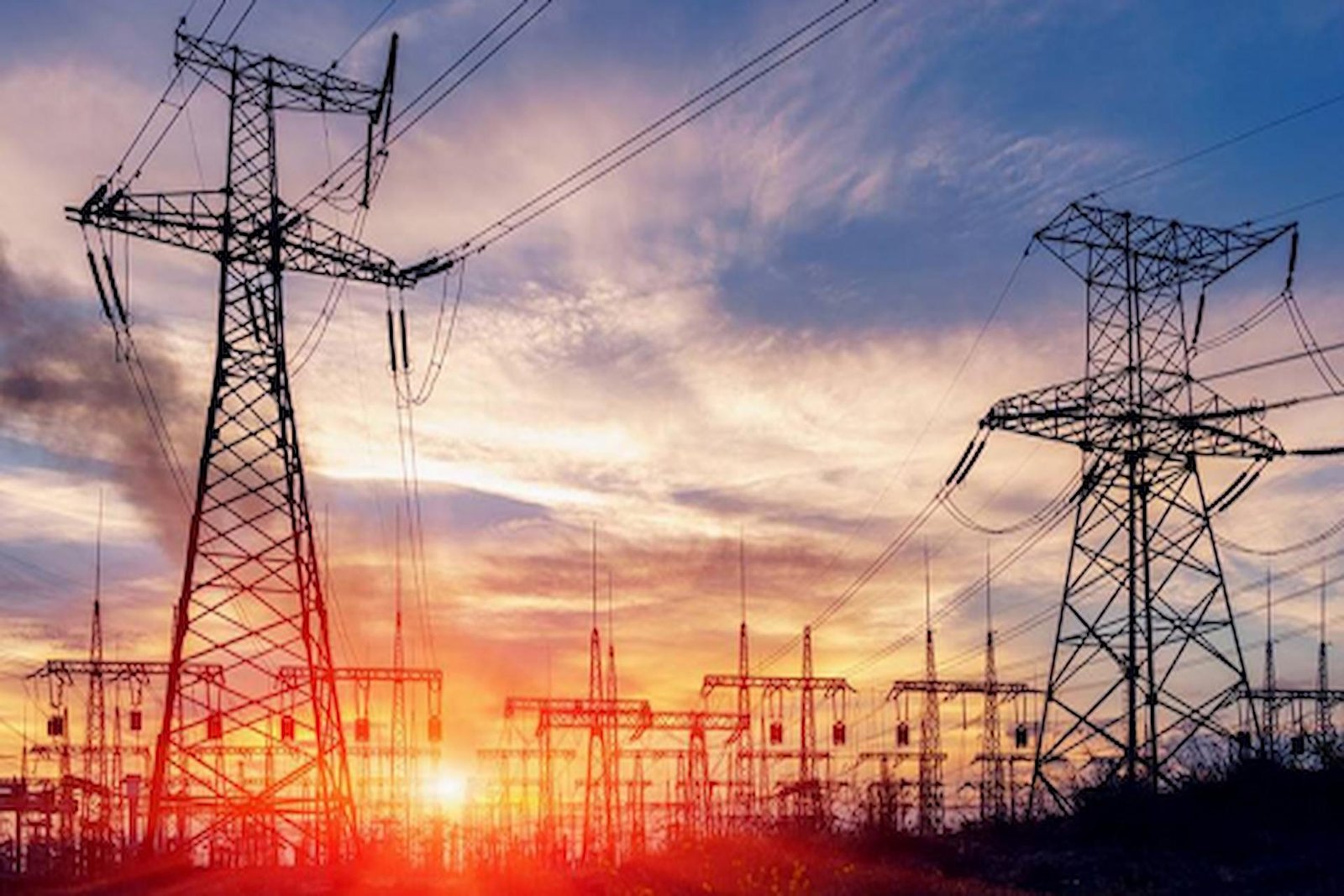The Uttar Pradesh Power Corporation Limited (UPPCL) plays a vital role in providing electricity to millions of consumers across the state of Uttar Pradesh. One of the key aspects of UPPCL’s operations is its electricity tariff structure, which determines how much consumers pay for their electricity consumption.
In this article, we will delve into the intricacies of UPPCL’s tariff system, shedding light on the various components that make up the light bill and how subsidies impact both consumers and the power sector.
Understanding the Electricity Tariff Components
The UPPCL electricity tariff is a culmination of multiple components that reflect the costs associated with generating, transmitting, and distributing electricity. These components include:
- Energy Charges: This constitutes the major portion of the electricity bill and is based on the actual energy consumed by the consumer, measured in kilowatt-hours (kWh). Energy charges cover the costs of generating electricity, fuel, and operational expenses of power plants.
- Fixed Charges: Fixed charges are a recurring fee that consumers pay to cover the infrastructure costs of maintaining and expanding the distribution network. These charges ensure the availability of electricity infrastructure even if the consumer’s consumption is low.
- Demand Charges: For commercial and industrial consumers, demand charges are applicable based on the maximum power demand during a billing cycle. This encourages efficient utilization of electricity and helps manage peak demand.
- Meter Rent and Service Charges: Consumers also incur charges related to the installation and maintenance of electricity meters, as well as various administrative services.
- Government Levies and Taxes: Various government levies, taxes, and duties imposed on electricity consumption contribute to the overall amount of UPPCL bill payment.
Role of Subsidies in UPPCL’s Tariff Structure
Subsidies play a significant role in UPPCL’s tariff structure, particularly for specific consumer categories. The government of Uttar Pradesh provides subsidies to certain segments of the population, such as agricultural consumers and low-income households, to ensure affordable access to electricity. These subsidies aim to alleviate the financial burden on vulnerable consumers and promote social welfare.
Consumer Implications
The UPPCL tariff structure and subsidies have important implications for consumers across the state. Here’s how different consumer categories are affected:
- Residential Consumers: Residential consumers benefit from the government’s subsidy program, which reduces their electricity bill burden. The subsidies ensure that electricity remains affordable for households, contributing to a higher standard of living.
- Agricultural Consumers: Agricultural consumers receive substantial subsidies to support the farming community. Electricity is crucial for irrigation and other agricultural activities, and subsidies help keep costs manageable for farmers.
- Commercial and Industrial Consumers: These consumers typically face higher tariffs and demand charges, which incentivize efficient energy use and discourage excessive power demand during peak hours.
- Small Businesses and Industries: Small businesses and industries often rely on electricity for their operations. Subsidies can provide relief to these enterprises, enabling them to remain competitive and contribute to local economic growth.
- Government Institutions: Public institutions, schools, hospitals, and government offices also fall under various consumer categories. The tariff structure and subsidies impact their operational costs and budget allocations.
Conclusion
Unraveling UPPCL’s electricity tariff structure reveals a complex web of components that determine the electricity bill for consumers across Uttar Pradesh. From energy charges to subsidies, each element plays a crucial role in ensuring access to affordable and reliable electricity. As UPPCL continues to evolve, it must strike a balance between cost recovery, sustainable operations, and social welfare to meet the diverse energy needs of the state’s population. By understanding these intricacies, consumers can make informed choices about their energy consumption and contribute to a more sustainable energy future for Uttar Pradesh.






Leave a Reply
You must be logged in to post a comment.